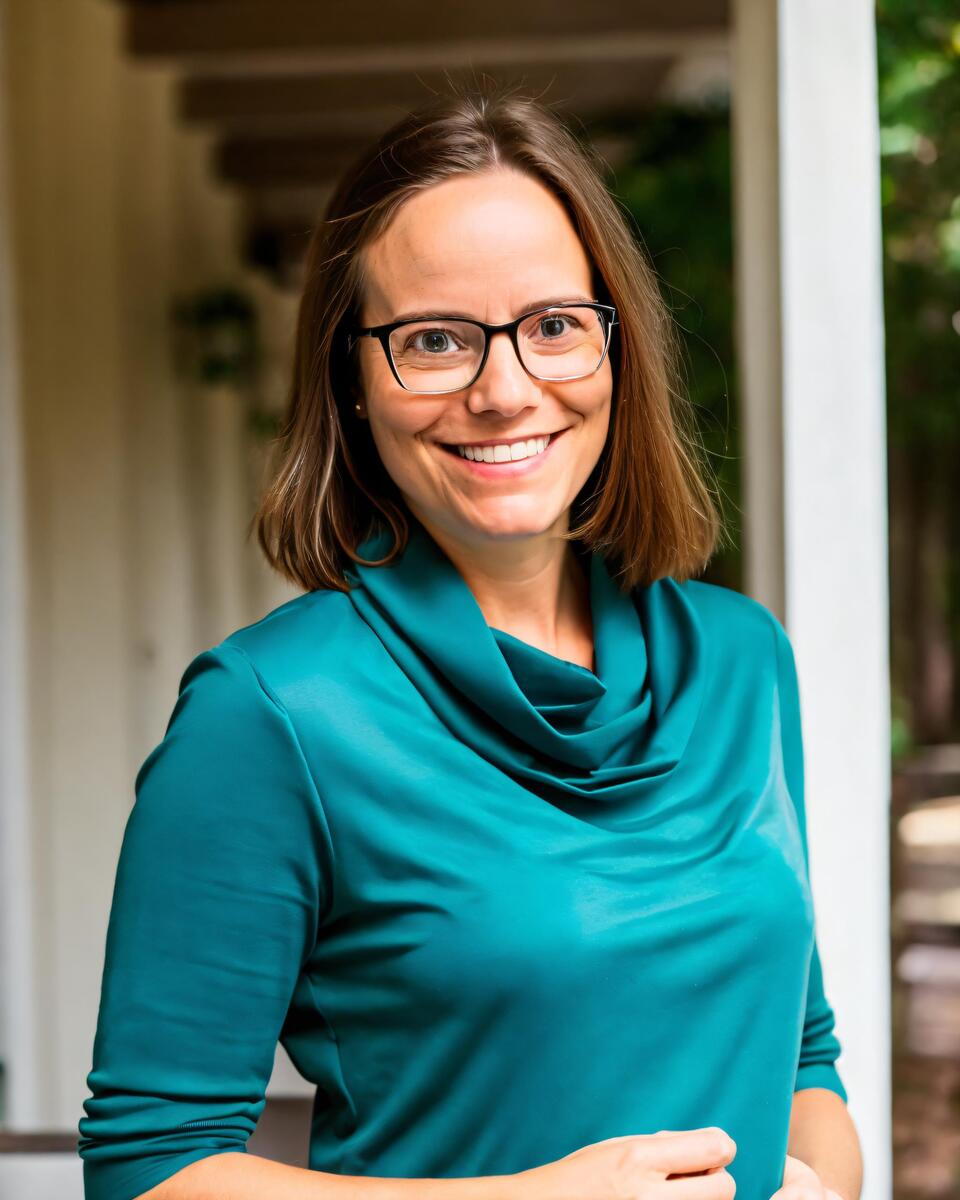
Image Source: ChatGPT-4o
Microsoft's GenAI VP Sebastien Bubeck Joins OpenAI
In a significant move within the AI sector, Sebastien Bubeck, Microsoft’s Vice President of Generative AI (GenAI) Research, is leaving the company to join OpenAI, the creators of ChatGPT. Bubeck’s departure marks a notable shift, although it remains unclear what specific role he will assume at OpenAI, a company that Microsoft has heavily backed since 2019.
Bubeck’s Role in Microsoft’s AI Strategy
Bubeck joined Microsoft as a researcher in 2014 and has been instrumental in the development of the company’s Phi Small Language Models (SLMs), which offer a smaller, more cost-efficient alternative to traditional Large Language Models (LLMs) like OpenAI’s GPT models. These models have been key to Microsoft’s efforts to balance AI performance with efficiency, and most of Bubeck's coauthors plan to continue advancing the models at Microsoft after his departure.
Continuing Collaboration Between Microsoft and OpenAI
Despite Bubeck’s exit, Microsoft remains committed to its partnership with OpenAI. A spokesperson from Microsoft stated, “Sebastian has decided to leave Microsoft to further his work toward developing AGI (Artificial General Intelligence),” and noted that the company looks forward to maintaining its relationship with Bubeck through his work at OpenAI.
This transition reflects the evolving dynamics between the two tech giants. Microsoft has invested an estimated $13 billion into OpenAI since 2019, solidifying a close partnership that has driven advancements in generative AI technologies. Additionally, OpenAI recently opened a new office in Bellevue, Washington, close to Microsoft’s Redmond headquarters, signaling the possibility of further collaboration.
High-Profile Departures at OpenAI
Bubeck’s move comes amid a wave of high-profile departures from OpenAI, including former Chief Technology Officer Mira Murati, VP of Research Barret Zoph, and Chief Research Officer Bob McGrew. While these exits have raised questions, OpenAI CEO Sam Altman has denied any connection between these departures and a restructuring of the company. OpenAI continues to strengthen its financial standing, raising an additional $6.6 billion recently, which boosted its valuation to $157 billion.
Growing Independence for OpenAI
Though Microsoft and OpenAI have maintained a close relationship, OpenAI has taken steps toward increasing its autonomy. Recent reports suggest that OpenAI plans to lease data centers from Oracle in Texas, a move seen as part of its efforts to reduce reliance on Microsoft’s cloud services. This development signals a shift in how the two companies may continue to collaborate while maintaining their distinct operations.
What This Means for the AI Industry
Bubeck's move from Microsoft to OpenAI highlights the competitive and evolving nature of the AI sector. His expertise in developing efficient AI models will likely contribute to OpenAI’s continued innovation as it seeks to consolidate its leadership in generative AI. This transition also reflects broader shifts as companies like OpenAI seek both collaboration and independence in their pursuit of cutting-edge AI technologies, with implications for the ongoing competition between tech giants.
